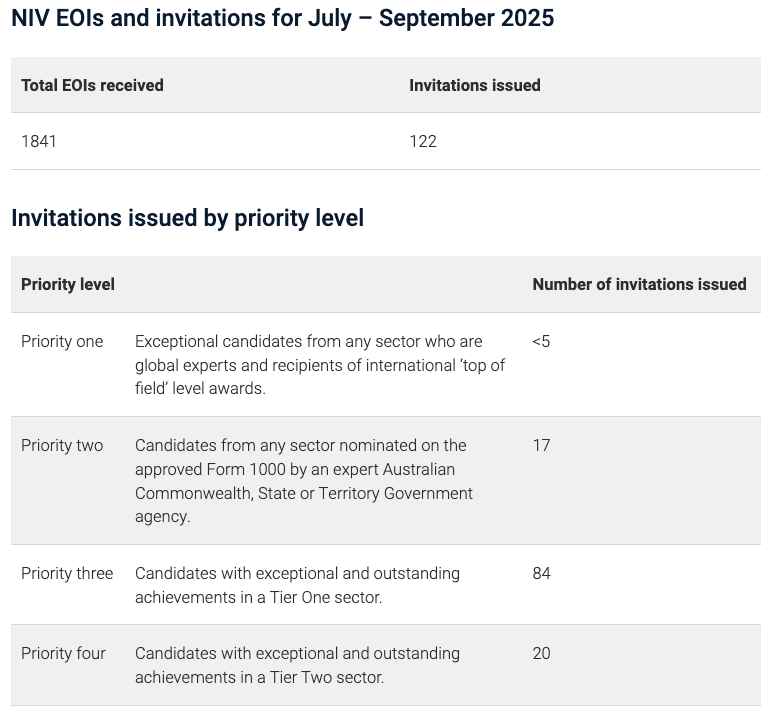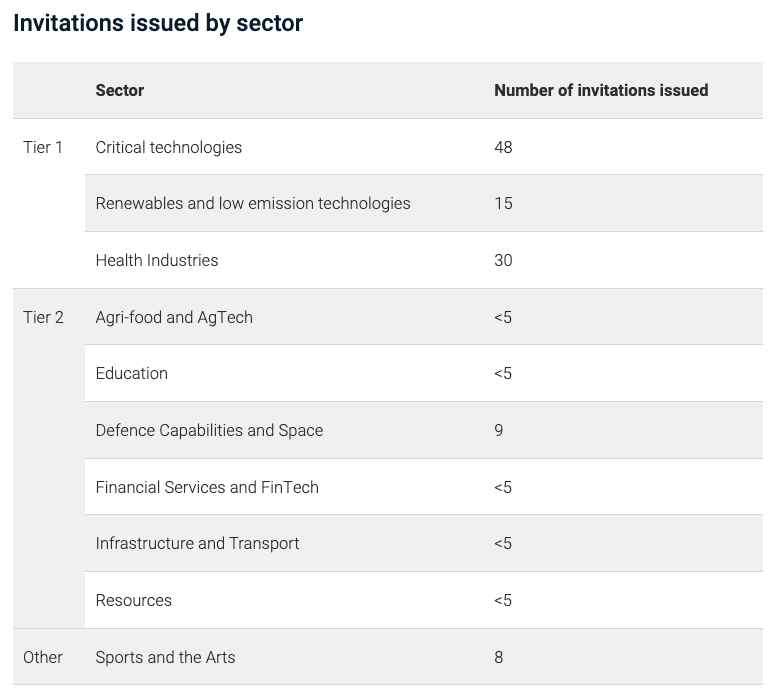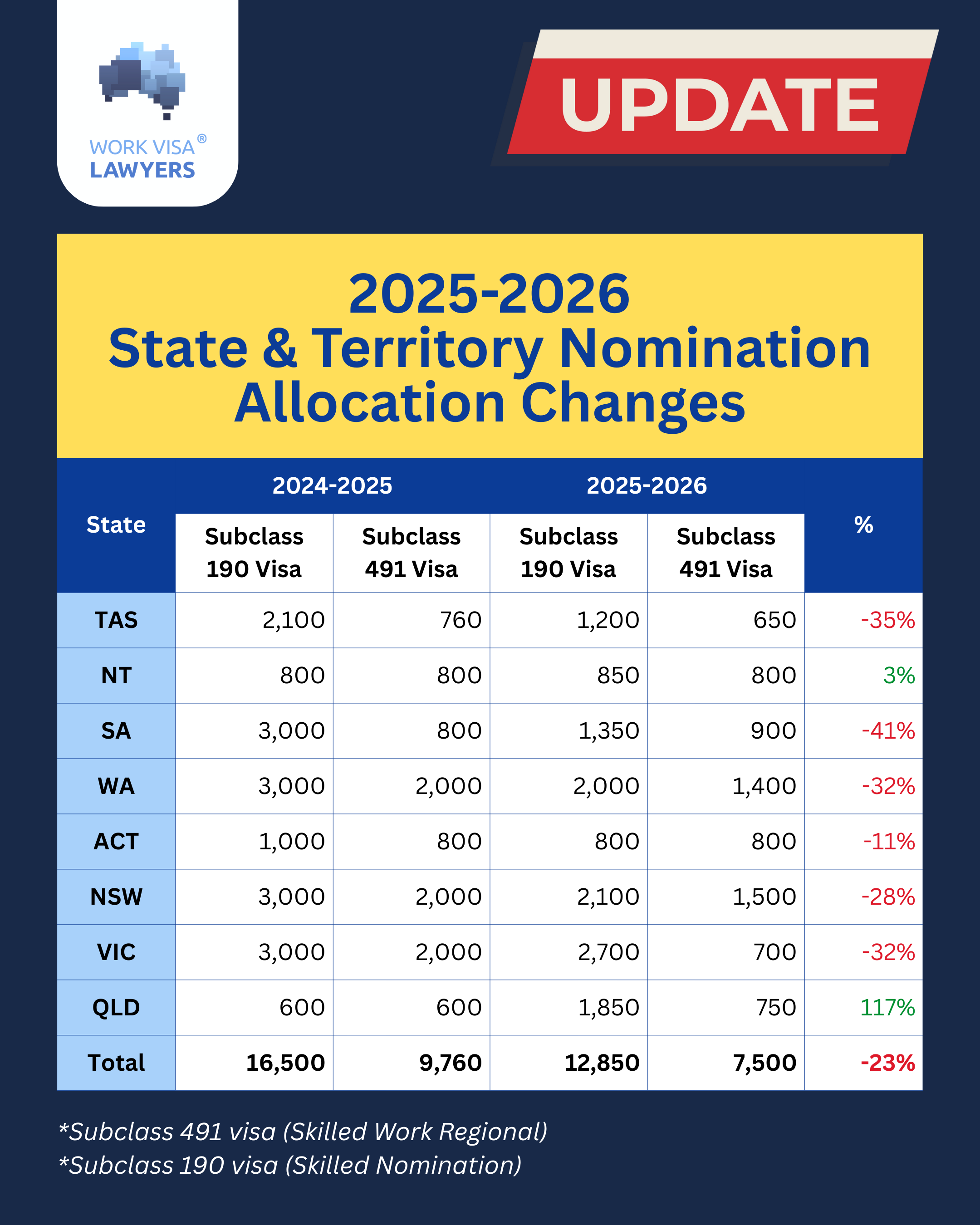The Harsh Truth About the 189, 190 & 491 Visas (No One Tells You This)
Every year, thousands of hopeful migrants invest in skills assessments, English exams, NAATI credentials, and multiple Expression of Interest (EOI) submissions with dreams of securing the 189, 190 or 491 visas.
But here’s the harsh reality: most applicants will never receive an invitation.
Despite meeting the minimum points threshold of 65, many discover (often too late) that competition is fierce, quotas are limited, and not all occupations are treated equally.
How the 189, 190 & 491 Visas Work
Australia’s General Skilled Migration (GSM) program is points-based and relies on SkillSelect invitations from the Department of Home Affairs.
Subclass 189 – Skilled Independent Visa
- Permanent visa with no sponsorship or nomination required.
- Must receive an invitation from SkillSelect to apply.
Subclass 190 – Skilled Nominated Visa
- Permanent visa requiring state or territory nomination.
- Must be invited after meeting the requirements of both the state and Federal Government.
Subclass 491 – Skilled Work Regional (Provisional) Visa
- A 5-year provisional visa with a pathway to permanent residency.
- Requires state or territory nomination.
Meeting the points threshold (currently 65) only gets you into the EOI pool — not into the invitation.
Why Many Skilled Migrants Are Missing Out
1. State and Territory Nomination Numbers Are Limited
Each state and territory has a limited quota each financial year. Once these places fill up, invitations stop, even for highly qualified applicants.
2. Occupation Demand Varies Drastically
Some occupations are in high demand, while others are oversubscribed or not prioritised, regardless of applicant experience or qualifications.
3. The Points Test Is Competitive
Although 65 points is the minimum, invitations typically go to applicants with 85–95+ points, depending on occupation.
Who Gets Invited in 2025?
Based on the latest 2025 SkillSelect data:
In-Demand Occupations (More Likely to Receive Invitations)
- Carpenters and other construction trades – invited with as low as 65 points.
- Nurses and health professionals – generally invited with 75+ points.
- Teachers – prioritised in some states.
Highly Competitive or Low-Invitation Occupations
- Accountants
- Restaurant Managers
- Marketing Specialists
- Enrolled Nurses
- Facilities Managers
Despite strong skills, many in these professions are not receiving invitations due to high competition and limited places.
Real Invitation Examples (2025 Data)
- Architects received 189 invitations with 90 points.
- Carpenters received 189 invitations with 65 points.
- Marketing Specialists in South Australia received 491 invitations with 105 points.
- No invitations were issued for Accountants or Chefs in recent 189 rounds.
These examples show how invitation outcomes heavily depend on your occupation and points score.
Before You Invest: What You Must Know
Before spending thousands on:
- Skills assessments
- NAATI testing
- English exams
- Multiple EOIs
You should first:
✅ Confirm your realistic chances of receiving an invitation.
✅ Understand state and occupation trends.
✅ Explore alternative visa options that may better suit your profile.
A single consultation can save you from months of unnecessary effort and investment.
Alternative Pathways to Permanent Residency
Employer-Sponsored Visas
If your occupation has low invitation chances, employer sponsorship might be a better option:
- Subclass 482 (Skills in Demand)
- Subclass 186 (Employer Nomination Scheme)
- Designed Area Migration Agreement (DAMA)
These options can offer a more direct route to working and settling in Australia, especially for occupations not getting invited under GSM.
Yes, finding an eligible sponsor can be challenging, but it’s often more realistic than waiting endlessly for an EOI invitation that may never come.
Check our blog How to find a sponsor.

Key Takeaways for Skilled Migrants
- Don’t assume points alone are enough.
- Check occupation trends and demand across different states.
- Get professional advice early to avoid wasted investment.
- Consider employer sponsorship as a viable alternative.
- Stay updated on invitation rounds and policy changes.
Need Help Understanding Your Options?
At Work Visa Lawyers, we provide honest, realistic advice about your best visa strategy, based on the latest data, policy changes and real-world outcomes.
Don't risk your future by relying on guesswork. Book a consultation and take control of your migration journey with clarity and confidence.


















